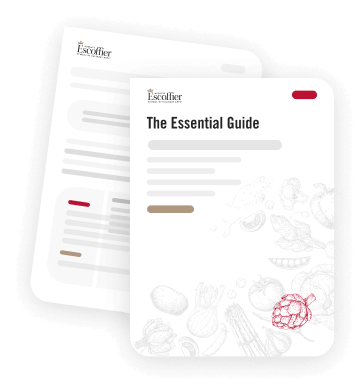Spotlight On: Wine And Cheese Pairings

If you want to have a classy and tasty twist on a traditional cocktail party, why not throw a wine and cheese party to show off your skills from online culinary classes? You’ll be hard-pressed to find anyone who doesn’t enjoy at least one type of cheese, and the same usually goes with wine, so celebrate both of these culinary delights together!
Just like any other food pairing, selecting the right wine for your cheese is all about complementary flavors and textures. The acidity of the wine must match the fattiness or creaminess of your selected cheese for an excellent food matching. Still confused? Wine Enthusiast magazine broke down the four main categories of high-end cheeses that you will likely come across while you learn cooking online:
Bloomy: These cheeses have soft rinds and are usually very creamy and decadent. Brie is a good example of a bloomy cheese, and the best possible pairing is a champagne or dry white wine like chardonnay.
Hard: Cheeses like this are typically aged. They are also usually stiff, sharp and salty. Parmesan and cheddar are some of the most popular hard cheeses in the United States, and are best paired with light reds like merlot, Chianti and cabernet sauvignon.
Blue: These are salty, pungent and have blue tinges due to aging. Stilton and gorgonzola are excellent examples of classic blue cheeses. Because of their robust flavor profiles, they are usually paired with sweeter dessert wines like port, riesling and sauternes.
Fresh: Cheeses like this are often spreadable, are not aged and can be tangy or mild. Fresh cheeses are very popular and are found all over the world. Some of the most well-known include ricotta, mozzarella, goat and feta. You can go either red or white with these kinds of cheeses, but stick to something light like pinot grigio or beaujolais.
If you’re planning a party around wine and cheese, have your guests start the evening with lighter cheeses and white wines then work up to the heavier varieties. If you’re on a budget and don’t want to shell out the extra dough for multiple bottles, stick to a versatile red – such as gamay or pinot noir – that will pair with almost any cheese.
Now all you have to do is invite your guests over, sip, swirl and enjoy!
and stay up to date with industry news, culinary demostrations and the newest cooking trends!

